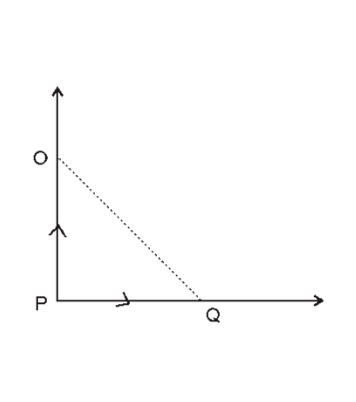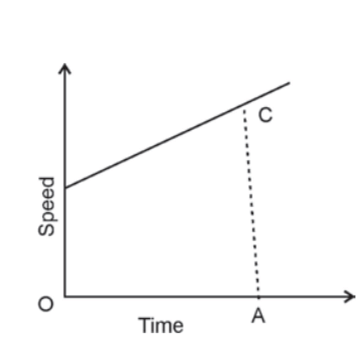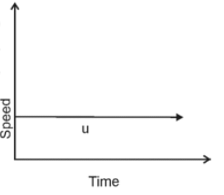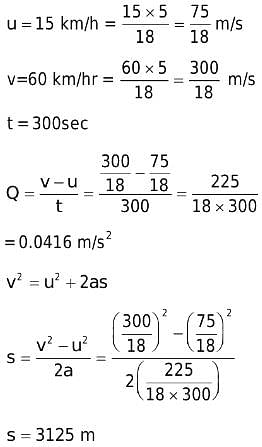Olympiad Test: Motion- 2 - Class 9 MCQ
10 Questions MCQ Test Science Olympiad Class 9 - Olympiad Test: Motion- 2
If a body moves 6 m towards South and then turns towards East and moves 8 m, then find the displacement of the body
In the speed-time graph for a moving object shown here, the part which indicates uniform
deceleration of the object is
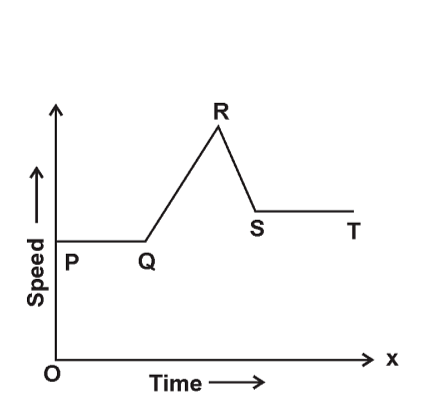

| 1 Crore+ students have signed up on EduRev. Have you? Download the App |
An artificial satellite is moving in a circular orbit of radius 32,000 km. If it takes 30 hours to complete one revolution around the earth, then find the velocity of the satellite
A man travels a distance of 2 m towards East, 6 m towards South and finally 6m towards the East. The resultant displacement is
The area under a speed–time graph represents a physical quantity which has the unit
The motion in which a body has a constant speed but not constant velocity is called
What can you say about the motion of the body if its speed–time graph is a straight line parallel to the time axis ?
The figure shows distance–time graphs of two cars A and B running at different speeds. Which car is running with a greater speed in comparison to the other car?
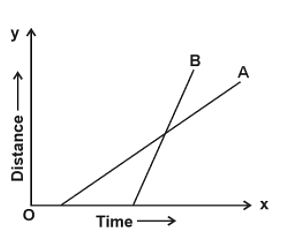
A car accelerates from 15 km/h to 60 km/h in 300 seconds. Find the distance travelled by the car during this time
A motorcycle is being driven at a speed of 20 m/s when brakes are applied to bring it to rest in five seconds. The deceleration produced in this case will be
|
20 videos|55 docs|52 tests
|
|
20 videos|55 docs|52 tests
|


